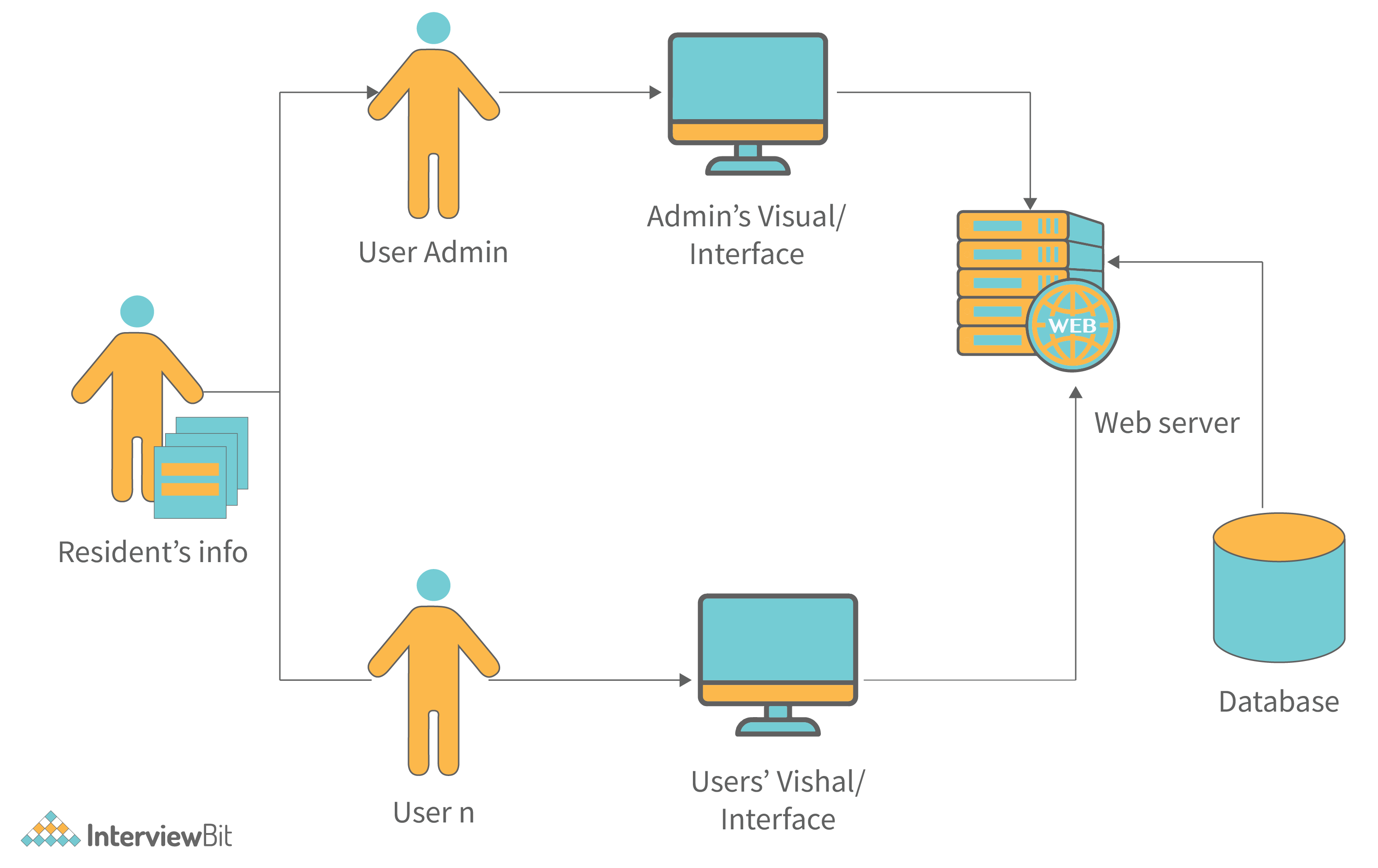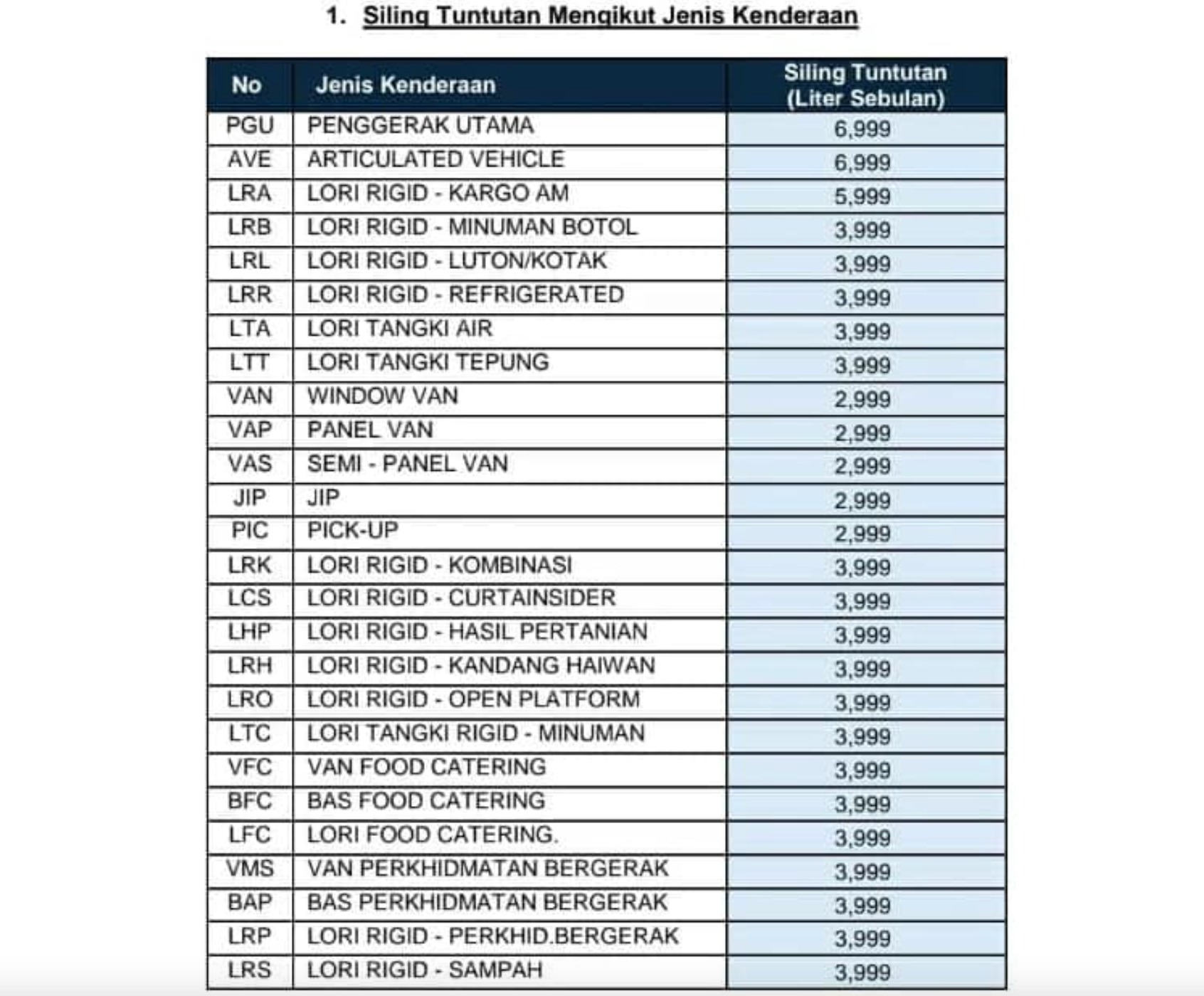Decile Targeting: Understanding The Ministry Of Welfare's Subsidy Allocation System
Editor's Notes: "Decile Targeting: Understanding The Ministry Of Welfare's Subsidy Allocation System" have published today date. Since the Ministry Of Welfare's Subsidy Allocation System is a complex and ever-changing system, it is important to have a basic understanding of how it works in order to access the benefits you are entitled to and avoid any potential pitfalls.
Our team has done some analysis, digging information, made Decile Targeting: Understanding The Ministry Of Welfare's Subsidy Allocation System we put together this Decile Targeting: Understanding The Ministry Of Welfare's Subsidy Allocation System guide to help target audience make the right decision.
| Key Differences | Key Takeaways |
|---|---|
| Decile 1 | Individuals and families in the lowest 10% of income earners |
| Decile 10 | Individuals and families in the highest 10% of income earners |
The Ministry of Welfare's subsidy allocation system is a complex and ever-changing system, but it is important to have a basic understanding of how it works in order to access the benefits you are entitled to and avoid any potential pitfalls.
FAQs
This FAQ section is designed to provide comprehensive answers to frequently asked questions about the Decile Targeting system, helping you better understand its mechanisms and eligibility criteria.
Question 1: What is Decile Targeting?
Decile Targeting is a system that allocates subsidies based on household income, with higher subsidies going to lower-income households. Households are divided into ten equal groups based on their income, with the lowest 10% in decile 1 and the highest 10% in decile 10. The decile system ensures that subsidies are targeted to those who need them most.

Information System Architecture Diagram System Hospital Info - Source manualfilounzbv.z21.web.core.windows.net
Question 2: How do I know which decile I belong to?
Your decile is determined based on your household's annual income. You can find your decile by accessing the Decile Finder tool on the Ministry of Welfare's website.
Question 3: What subsidies are available through Decile Targeting?
Decile Targeting is used to allocate various government subsidies, such as housing assistance, healthcare subsidies, and education grants. The specific subsidies available to you will depend on your decile and individual circumstances.
Question 4: How do I apply for subsidies through Decile Targeting?
To apply for subsidies, you can contact relevant government agencies or service providers. The application process may vary depending on the subsidy you are applying for.
Question 5: Can I appeal if I disagree with my decile?
Yes, you have the right to appeal if you believe your decile is incorrect. You can contact the Ministry of Welfare for assistance with the appeals process.
Question 6: How is Decile Targeting data used?
Decile Targeting data is used by government agencies to design and implement effective social welfare programs. It helps ensure that resources are allocated fairly and efficiently to those who need them most.
Understanding the Decile Targeting system can assist you in accessing government subsidies and support services. Stay informed about any changes to the system by regularly checking the Ministry of Welfare's website.
Explore the next article section for further in-depth information on Decile Targeting and its implications.
Tips by "Decile Targeting: Understanding The Ministry Of Welfare's Subsidy Allocation System"
Decile targeting is a method used by the Ministry of Welfare to allocate subsidies to households based on their income. Households are divided into 10 groups, or deciles, based on their income, with the poorest households being in the first decile and the wealthiest households being in the tenth decile. Subsidies are then allocated to households in the lower deciles, with the poorest households receiving the most subsidies.

Government Changes Import Subsidy Allocation System | Financial Tribune - Source financialtribune.com
Tip 1: Understand the decile system.
The decile system is a way of ranking households based on their income. Households are divided into 10 groups, or deciles, with the poorest households being in the first decile and the wealthiest households being in the tenth decile. This system is used to allocate subsidies to households, with the poorest households receiving the most subsidies.
Tip 2: Check your decile.
You can check your decile by visiting the Ministry of Welfare's website or by calling their customer service line. Knowing your decile will help you to understand how much subsidy you are eligible for.
Tip 3: Apply for subsidies.
There are a number of different subsidies available to low-income households. These subsidies can help to reduce the cost of living, such as housing, food, and transportation. To apply for subsidies, you will need to contact the Ministry of Welfare and provide them with documentation of your income.
Tip 4: Be aware of the eligibility criteria.
Each subsidy has its own eligibility criteria. Be sure to read the eligibility criteria carefully before applying for a subsidy. If you do not meet the eligibility criteria, you will not be able to receive the subsidy.
Tip 5: Be prepared to provide documentation.
When you apply for a subsidy, you will need to provide documentation of your income. This documentation can include pay stubs, bank statements, or tax returns. Be sure to have all of the required documentation ready before you apply.
Decile Targeting: Understanding The Ministry Of Welfare's Subsidy Allocation System is a complex system, but it is important to understand how it works if you are a low-income household. By following these tips, you can increase your chances of receiving the subsidies that you are eligible for.
Decile Targeting: Understanding The Ministry Of Welfare's Subsidy Allocation System
Decile targeting is a method used by the Ministry of Welfare to allocate subsidies to households based on their income. The system divides households into ten equal groups, or deciles, based on their income. The lowest decile represents the poorest households, while the highest decile represents the wealthiest households. Households in the lowest deciles receive the most subsidies, while households in the highest deciles receive the least.
![]()
Resource Allocation Vector Fill outline Icon Design illustration - Source www.vecteezy.com
- Income-based: Subsidies are allocated based on household income, with lower-income households receiving more support.
- Needs-based: Subsidies are targeted towards households with specific needs or vulnerabilities, such as families with children or individuals with disabilities.
- Regional: Subsidies may vary by region to account for differences in cost of living or economic conditions.
- Means-tested: Households must meet certain income or asset thresholds to qualify for subsidies.
- Universal: Subsidies are provided to all households regardless of income or circumstances.
- Targeted: Subsidies are specifically designed to support specific population groups or address particular needs.
The Ministry of Welfare's subsidy allocation system is complex and involves multiple factors. The system aims to ensure that subsidies are distributed fairly and effectively to those who need them most. By considering income, needs, regional variations, and other relevant factors, the system helps to provide targeted support to vulnerable households and promote social equity.
Decile Targeting: Understanding The Ministry Of Welfare's Subsidy Allocation System
Decile targeting is a subsidy allocation system developed by the Ministry of Welfare to distribute benefits more fairly and efficiently to low-income households in Singapore. Introduced in 2007, it is based on the household's income and size, addressing the diverse needs of different groups within the population.

SKDS 2.0 eligible diesel claim volume-1 - Paul Tan's Automotive News - Source paultan.org
The system divides households into ten equal groups, or deciles, based on their income per household member. The first decile represents the poorest 10% of households, while the tenth decile represents the wealthiest 10%. Subsidies are then allocated progressively, with higher subsidies going to households in lower deciles. This ensures that those in greater need receive more support.
Decile targeting has been effective in reducing income inequality and improving the well-being of low-income households. Studies have shown that it has led to an increase in household income, improved access to essential goods and services, and reduced financial stress.
The system is regularly reviewed and updated to ensure it remains effective and responsive to the changing needs of the population. The Ministry of Welfare also works closely with community partners to ensure that subsidies reach those who need them most.
Overall, decile targeting is a well-designed and effective subsidy allocation system that helps to ensure that low-income households in Singapore have access to the resources they need to improve their lives.
Table: Key Features of Decile Targeting
| Feature | Description |
|---|---|
| Divides households into 10 equal groups based on income per household member | Ensures that subsidies are distributed fairly and efficiently |
| Higher subsidies for households in lower deciles | Provides more support to those in greater need |
| Regularly reviewed and updated | Ensures the system remains effective and responsive to changing needs |
Conclusion
Decile targeting is an essential component of the Ministry of Welfare's subsidy allocation system in Singapore. It is a fair and effective way to distribute benefits to low-income households, helping to reduce income inequality and improve their well-being.
The success of decile targeting is a testament to the government's commitment to social justice and its determination to ensure that all Singaporeans have the opportunity to live a good life.